Camping with solar power is a convenient and economical choice for your RV. Not only is it a silent, emissions-free energy source, but it also gives you the freedom to set up camp in remote areas, completely unhooked from electric utilities. With solar power, you can enjoy a more self-sufficient camping experience while also reducing your carbon footprint – making it an excellent way to lessen reliance on fossil fuels.
Before investing in solar energy for your motorhome, it’s wise to identify how much power you actually require. This depends on your expected use of the RV; minimal lighting and device-charging demands far less energy than utilizing air conditioning or supplemental equipment.
Once you identify the strength of energy required, selecting the right solar kit for your RV becomes much easier. Depending on your requirements and the amount you are willing to spend, there are a plethora of suitable options available on the market.
To get your system up and running, a solar kit is your best bet as they comprise solar panels, a charge controller, batteries, and wiring. Moreover, certain kits may also include a inverter, which gives you the power to utilize AC-run appliances with just your DC battery.
Calculating the solar panel requirements for your RV involves factoring in three key points – size, position, and quantity. Selecting panels of the right dimension is essential for delivering adequate power output. Installing the panels in a location that catches lots of sunshine will help you optimize their performance. And, deciding how many panels to install will depend on your energy needs.
Outfitting your RV with solar panels may seem difficult, but the installation process is actually quite simple! All you need to do is secure them to your roof, which usually requires a few precise drill-holes. If you aren’t particularly handy, no problem – there are plenty of professionals who have the tools and knowledge necessary to manage the task.
After your solar setup is all in place, the following step is to join up the photovoltaic cells to your charge controller. This part ensures that only the proper amount of electricity passes through from the solar panels to your battery banks, so there is no risk of overwheening them.
To complete your solar energy setup, link your batteries with your solar panels. This can be done through terminal connectors or alligator clips- both positive and negative.
With your solar power system in place, you can begin to put it to good use and get your RV up and running. Start carefully – be sure to double-check for any issues before relying heavily on your new energy source. Ultimately, through some trial and error, you’ll be able to power your RV just as efficiently as you would with traditional electricity.
Post time: 2023-06-25
Related Product
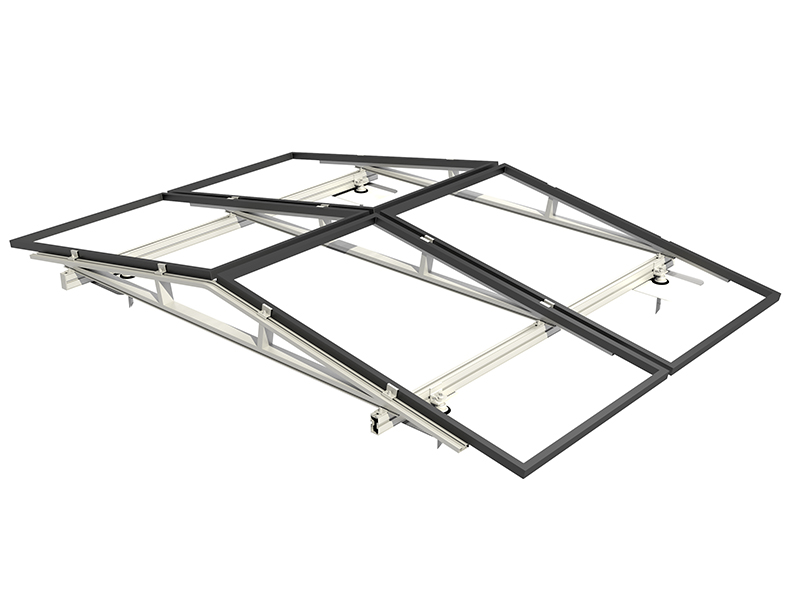
Inclined roof photovoltaic support
V support system for inclined roof The inclined roof installation system is suitable for all kinds of inclined roofs. According to the roof bearing capacity and waterproof requirem […]
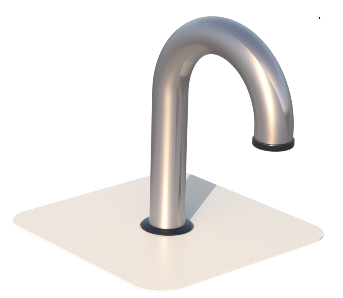
PV support KITS
What is Cable conduit? A metal protective tube with certain mechanical strength laid on the outer layer of the cable to prevent the cable from being damaged Cable threading […]

Solar panel
PV Kits for fields, flat and pitched roofs The kit using photovoltaic support system is critical to photovoltaic support, including wind calculation speed, order picking speed and […]
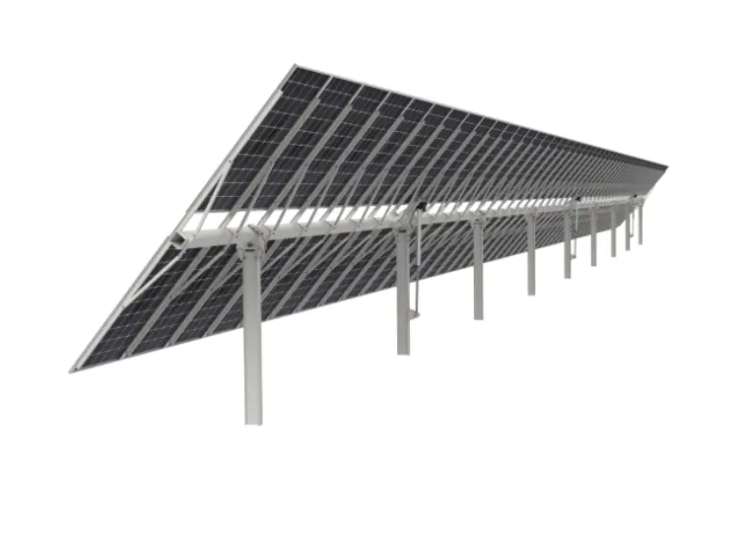
PV bracket tracking system
Ground tracking photovoltaic support Fully adapt to 210 major components The product has been tested in CPP wind tunnel Use AI algorithm to optimize tracking mode Irregular land is […]
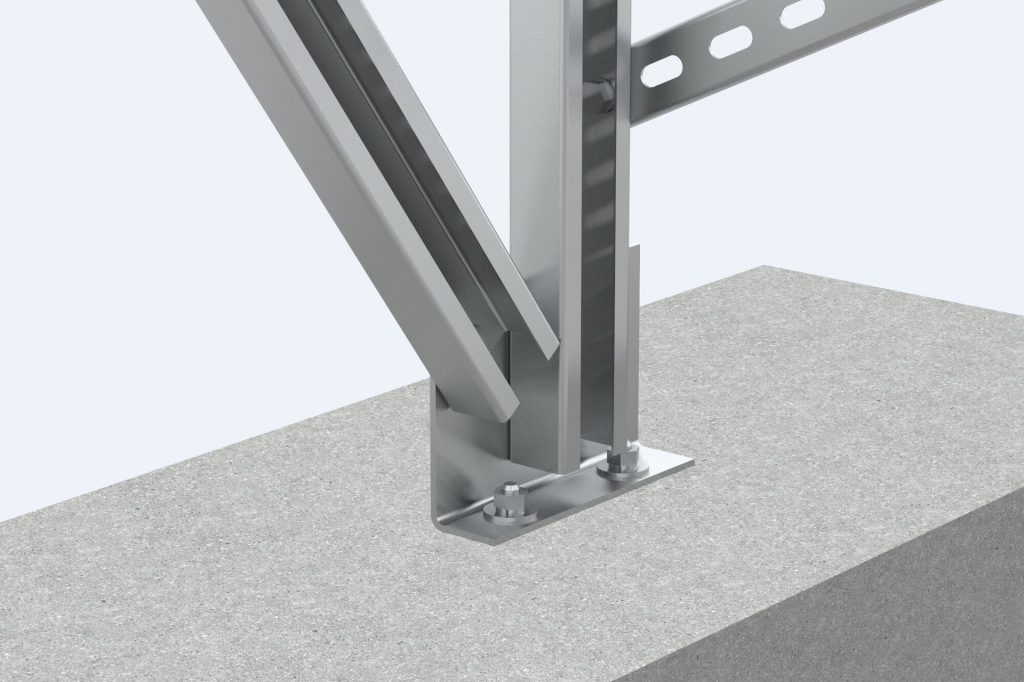
Flat roof photovoltaic support
Flat roof photovoltaic support Analysis of installation and construction problems of flat roof photovoltaic power station The external roof system on the roo […]
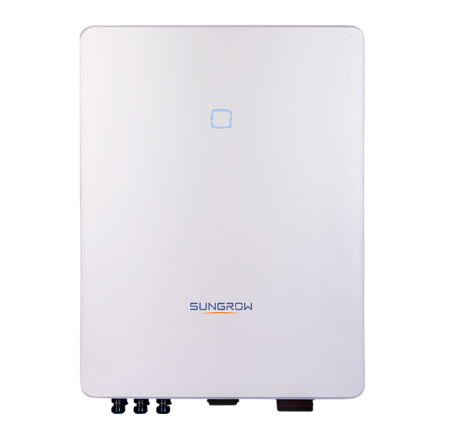
PV inverter
PV inverter (PV inverter or solar inverter) can convert variable DC voltage generated by photovoltaic (PV) solar panel into AC inverter of mains frequency, which can be fed back to […]
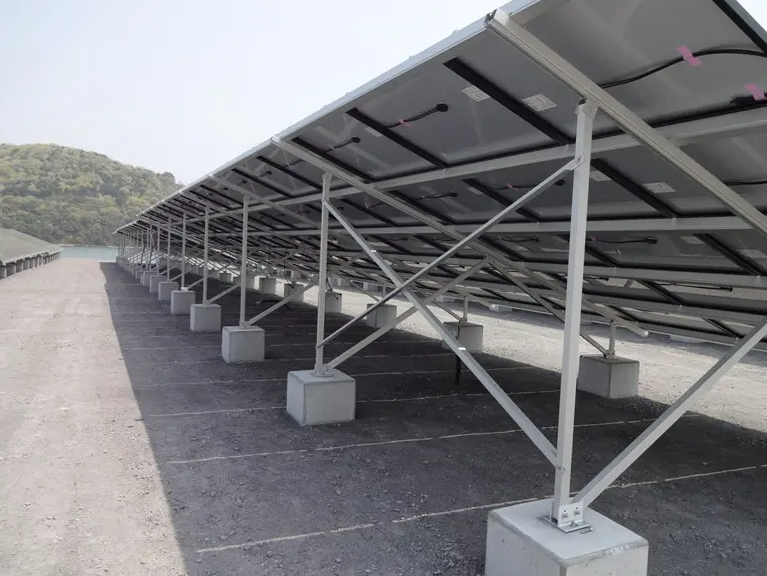
GROUND MOUNT PV Support
Placement position Ground Applicable component type Framed or frameless solar panels of various sizes Raw materials of support aluminium alloy Installation angle According t […]
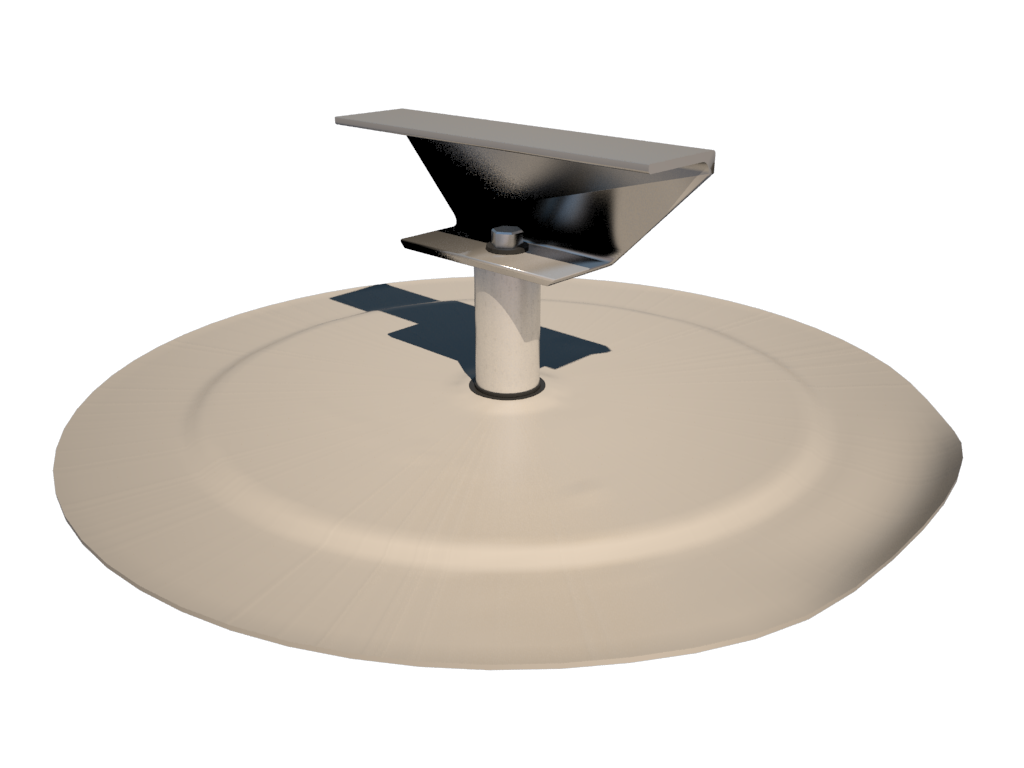
PV bridge support
Features of PV bridge support products: Strong resistance to negative wind pressure, good stability, strong bearing capacity and strong lateral tensile capacity; Easy and fast ins […]
